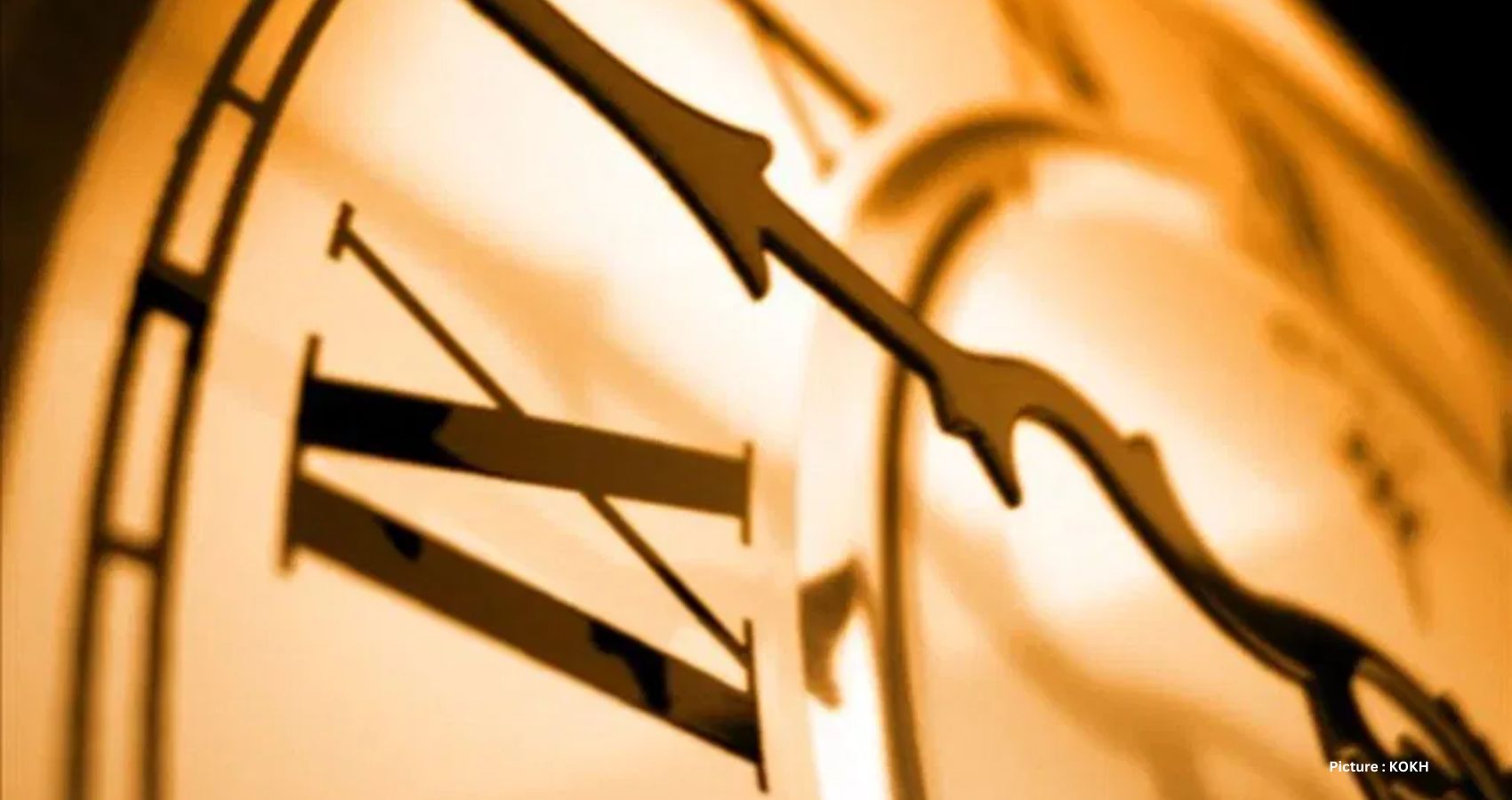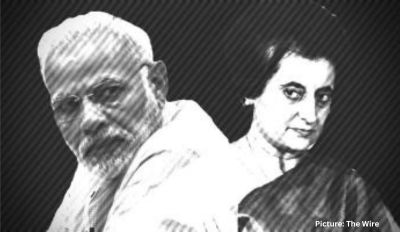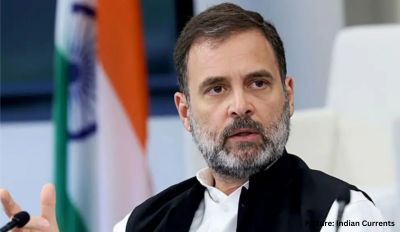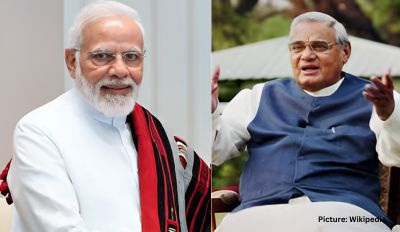On Sunday, March 10 at 2 a.m., the U.S. and approximately one-third of the world’s nations will adjust their clocks forward by an hour, leading to a perceived later sunrise and extended evening daylight. The notion of this time shift isn’t universally embraced; in fact, many people strongly oppose it for various reasons.
The idea of Daylight Saving Time (DST) has a peculiar history, dating back to 1907 when British builder William Willett advocated for it in his pamphlet “A Waste of Daylight.” Despite his efforts, Willett didn’t witness its adoption, as he passed away just before it became official. The practice gained traction during World War I as a fuel conservation measure, with the U.K. and subsequently the U.S. implementing it. Although DST was suspended after the wars, it was reinstated during World War II and eventually became a recurring tradition. Congress solidified this with the Uniform Time Act in 1966, dividing the year into six months of DST and six months of Standard Time, later extending DST to eight months in 2005.
However, the effectiveness of DST in conserving energy is questionable. Studies suggest it only minimally reduces electricity consumption, if at all. In fact, research indicates that it might even lead to increased energy usage, particularly due to heightened reliance on air conditioning during later sunlit evenings.
Moreover, DST’s impact on health is concerning. Sleep disturbances resulting from the time change can contribute to various health issues, including cardiovascular problems, heightened inflammatory markers, and an elevated risk of fatal traffic accidents. Young children and adolescents are particularly vulnerable, experiencing disrupted sleep patterns and associated cognitive and behavioral effects.
Despite widespread dissatisfaction with the biannual clock changes, there’s no consensus on how to address the issue. While a majority of Americans express support for eliminating the practice and opting for a single time setting year-round, legislative efforts to establish permanent DST face obstacles. Federal law permits states to adopt permanent Standard Time but not permanent DST, complicating attempts to enact change. The Sunshine Protection Act of 2023 aims to establish permanent DST but has encountered opposition, including from groups advocating for permanent Standard Time, citing alignment with human circadian biology.
The overarching sentiment is that the current system of biannual clock adjustments is untenable. However, inertia and resistance to change hinder progress in finding a solution. As a result, Americans are left to accept the ritual of sacrificing an hour in the morning for an extra hour of daylight in the evening each spring, only to reverse the process come fall.











